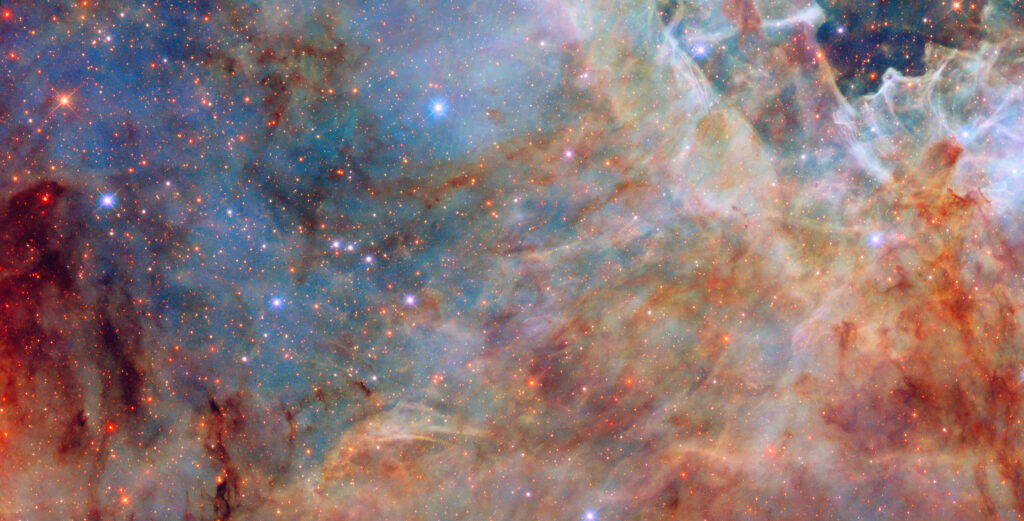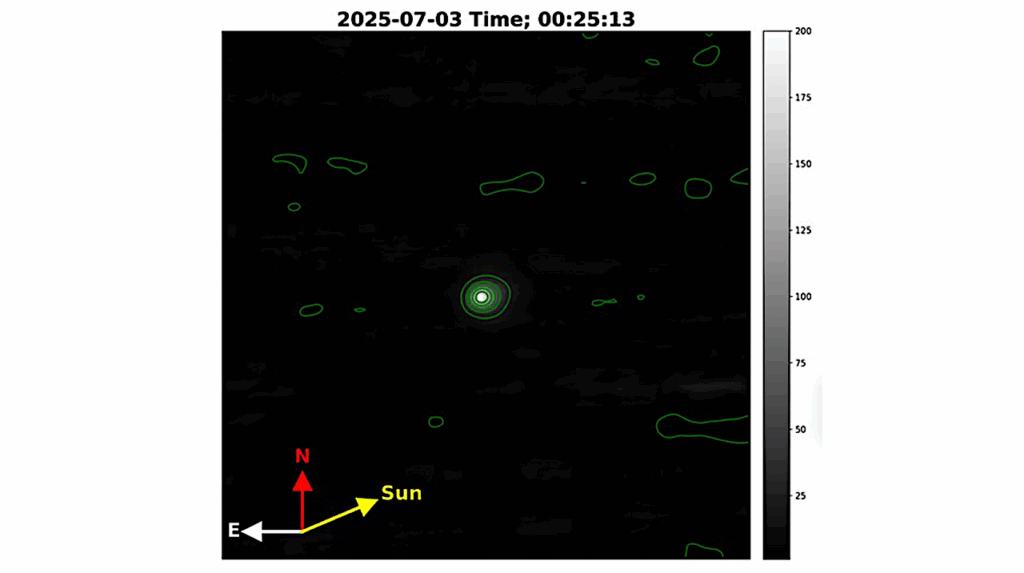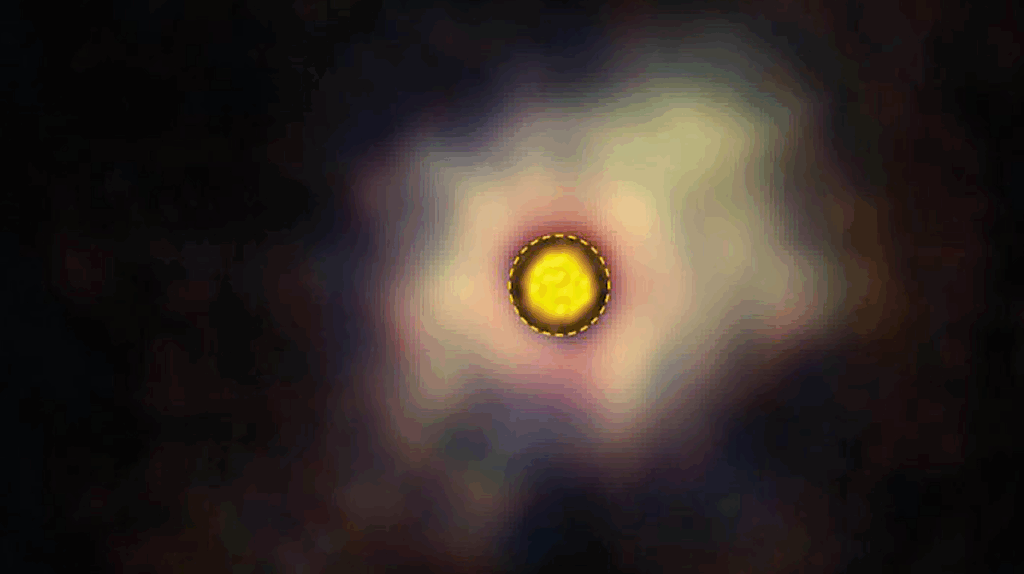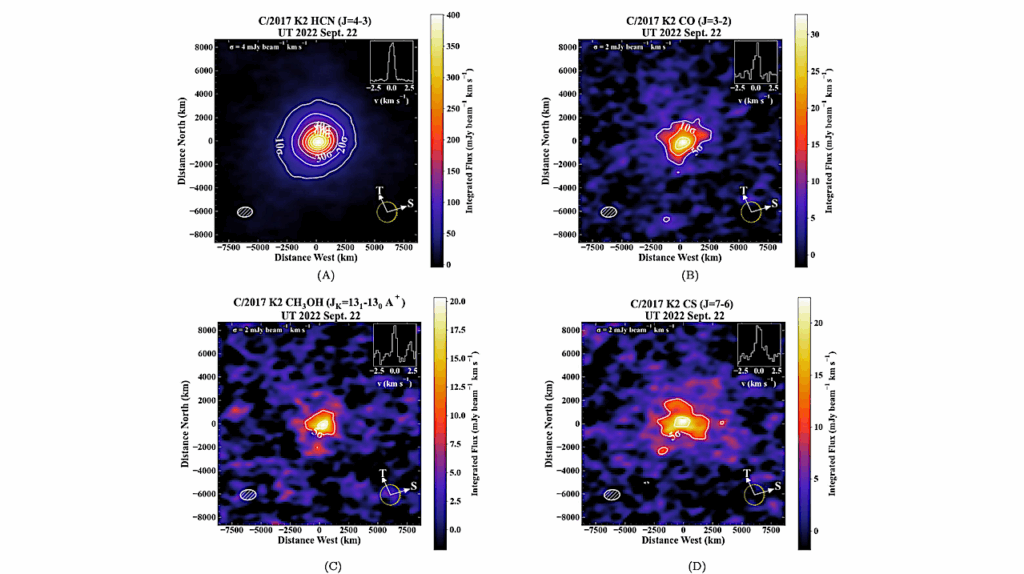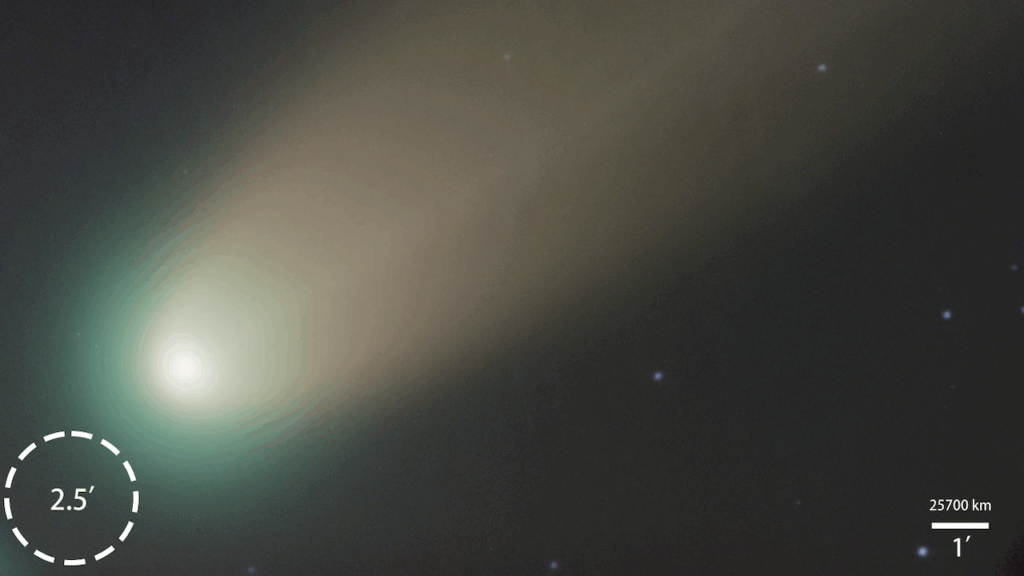The Cosmic Fertiliser That Fuelled The Origins Of Life

The origin of life is an event so rare that, to the best of our knowledge, it has only happened once: here on Earth. The questions of how life developed and in what environments geochemical reactions took place are fundamental questions that span the fields of astrobiology, organic chemistry, and geology.
One key ingredient is liquid water, which is capable of dissolving and transporting chemicals into and out of cells. Therefore, we expect life to have arisen in a watery environment, either within the early oceans as speculated by luminaries such as Alexander Oparin or perhaps in restricted bodies of water as envisaged by Charles Darwin.
A ground breaking study led by Dr Craig Walton of Cambridge University and ETH Zürich and supported by The Open University’s (OU) Dr Martin Suttle, published today in Nature Astronomy, has challenged the status quo.
They ask whether natural sedimentary processes, such as those that form beaches and dunes, could have acted to gather cosmic dust particles after they fell to Earth’s surface and thus potentially brought about the origins of life.
The continuous rain of cosmic dust provides abundant organic matter from asteroids and comets and delivers it directly to Earth’s surface. In Earth’s ancient past, the flow of extraterrestrial dust was far higher than today. Until now, it has been assumed that since this dust was spread-out across the globe there would have been insufficient concentrations of dust to render it as a fertilising agent.
However, by performing a combined astrophysical and geological modelling study, this research has demonstrated that natural sedimentary processes could have played a key role in gathering cosmic dust into more nutrient-rich areas. For example, meltwater pools on the surfaces of icesheets may have sites where cosmic dust yielded the right ingredients for the origin of life.
Dr Martin Suttle, Lecturer in Planetary Science, commented on the significance of the findings:
“Micrometeorites are an attractive nutrient source for early life. But because they fall everywhere on Earth, they were thought to be too spread out to be useful. Our work challenges that idea and makes micrometeorites relevant again to the field of astrobiology.”
Dr Craig Walton, ETH Zürich, added:
“Prebiotic lab experiments often begin with highly reactive powders, rather than slow to react low-surface-area materials like rocks. Cosmic dust is strongly analogous to those synthetic powders, offering a tantalising natural scenario that may compare well to the conditions used in the lab to promote prebiotic synthesis.”
Today, we can find communities of microbes thriving in those frigid lakes found at the ends of melting glaciers. These lifeforms depend on fertilisation by nutrients, including some small present-day contributions from cosmic dust.
Their incredible success in an otherwise inhospitable environment provides a compelling concept. Could combined processes of cosmic dust accumulating on Earth, nutrients being extracted into glacial meltwater, and stockpiling in closed lakes have fertilised chemical reactions that fostered the origin of life on Earth?
The origin of life is an event so rare that, to the best of our knowledge, it has only happened once: here on Earth. The questions of how life developed and in what environments geochemical reactions took place are fundamental questions that span the fields of astrobiology, organic chemistry, and geology.
One key ingredient is liquid water, which is capable of dissolving and transporting chemicals into and out of cells. Therefore, we expect life to have arisen in a watery environment, either within the early oceans as speculated by luminaries such as Alexander Oparin or perhaps in restricted bodies of water as envisaged by Charles Darwin.
A ground breaking study led by Dr Craig Walton of Cambridge University and ETH Zürich and supported by The Open University’s (OU) Dr Martin Suttle, published today in Nature Astronomy, has challenged the status quo.
They ask whether natural sedimentary processes, such as those that form beaches and dunes, could have acted to gather cosmic dust particles after they fell to Earth’s surface and thus potentially brought about the origins of life.
The continuous rain of cosmic dust provides abundant organic matter from asteroids and comets and delivers it directly to Earth’s surface. In Earth’s ancient past, the flow of extraterrestrial dust was far higher than today. Until now, it has been assumed that since this dust was spread-out across the globe there would have been insufficient concentrations of dust to render it as a fertilising agent.
However, by performing a combined astrophysical and geological modelling study, this research has demonstrated that natural sedimentary processes could have played a key role in gathering cosmic dust into more nutrient-rich areas. For example, meltwater pools on the surfaces of icesheets may have sites where cosmic dust yielded the right ingredients for the origin of life.
Dr Martin Suttle, Lecturer in Planetary Science, commented on the significance of the findings:
“Micrometeorites are an attractive nutrient source for early life. But because they fall everywhere on Earth, they were thought to be too spread out to be useful. Our work challenges that idea and makes micrometeorites relevant again to the field of astrobiology.”
Dr Craig Walton, ETH Zürich, added:
“Prebiotic lab experiments often begin with highly reactive powders, rather than slow to react low-surface-area materials like rocks. Cosmic dust is strongly analogous to those synthetic powders, offering a tantalising natural scenario that may compare well to the conditions used in the lab to promote prebiotic synthesis.”
Today, we can find communities of microbes thriving in those frigid lakes found at the ends of melting glaciers. These lifeforms depend on fertilisation by nutrients, including some small present-day contributions from cosmic dust.
Their incredible success in an otherwise inhospitable environment provides a compelling concept. Could combined processes of cosmic dust accumulating on Earth, nutrients being extracted into glacial meltwater, and stockpiling in closed lakes have fertilised chemical reactions that fostered the origin of life on Earth?
Cosmic dust fertilization of glacial prebiotic chemistry on early Earth, Nature Astronomy Open Access
Astrobiology



